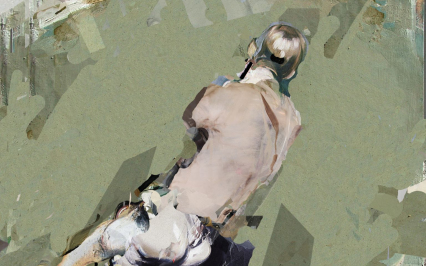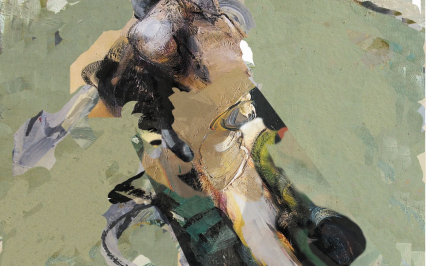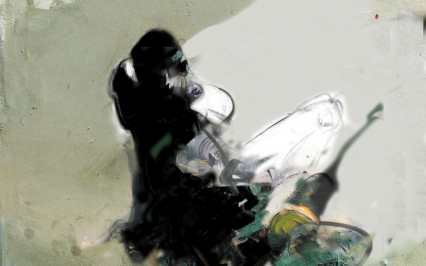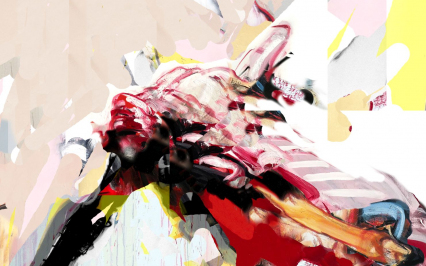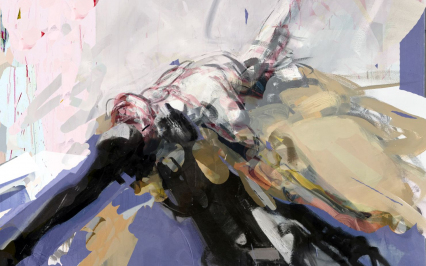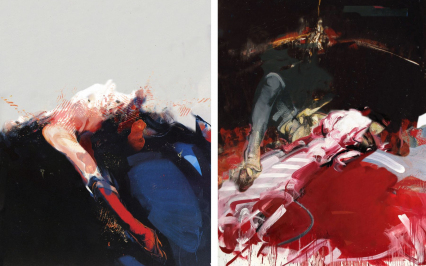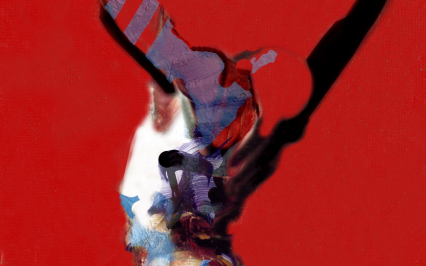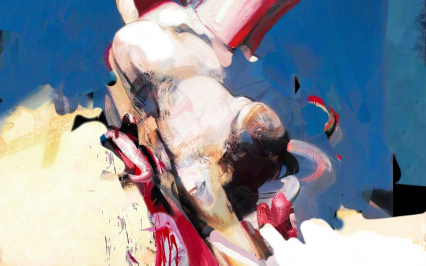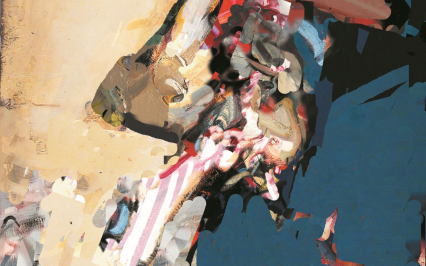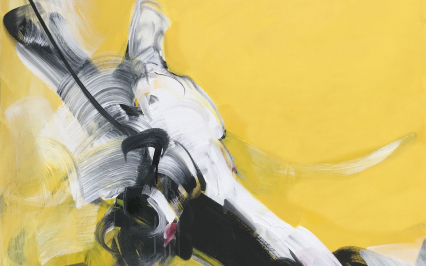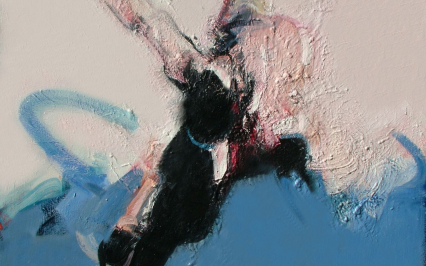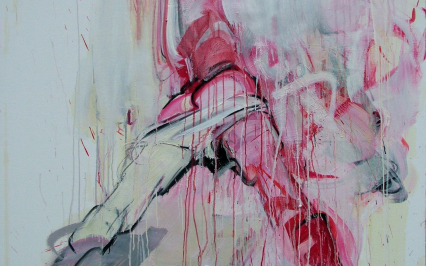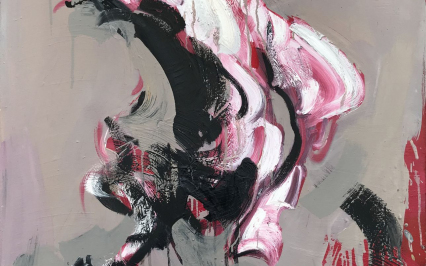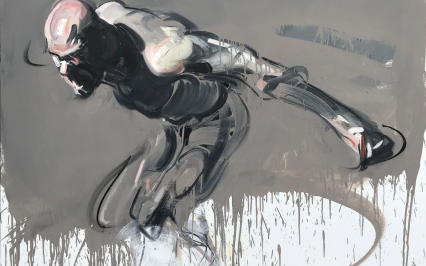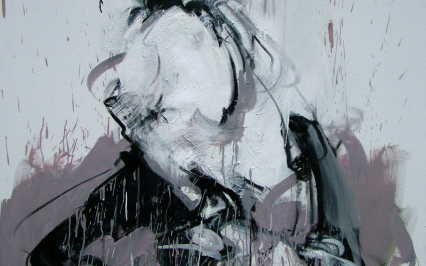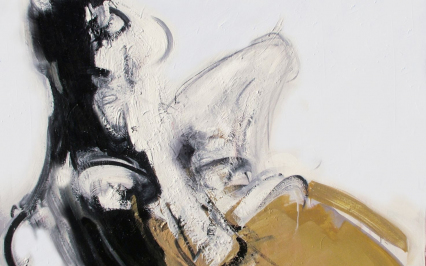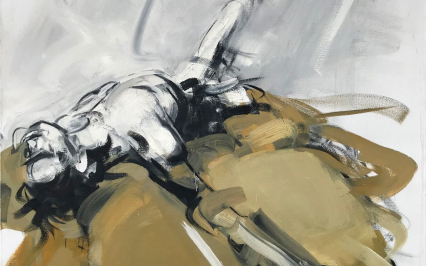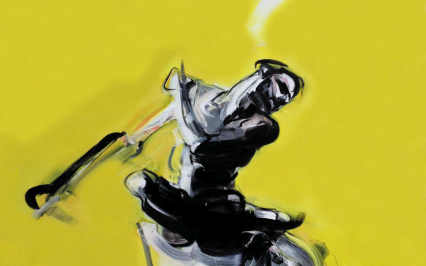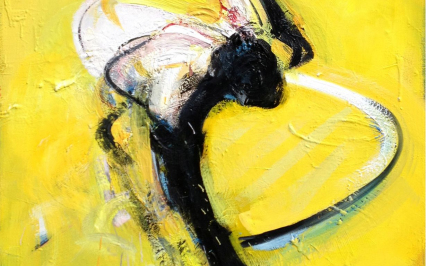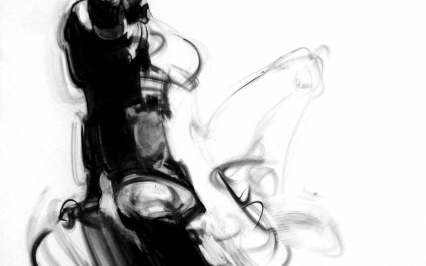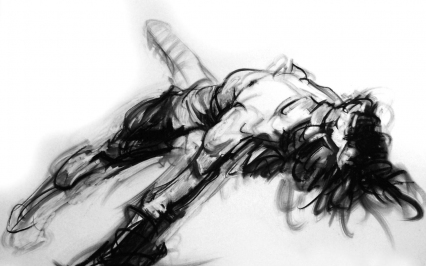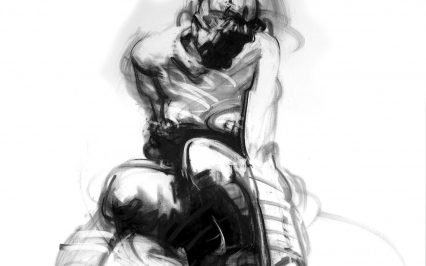Andrzej Biernacki - On revolutions of bodies
14 May - 13 June 2021
BWA ART Gallery
vernissage:
14 May 2021, hour 18:00
ticket prices
5 PLN - per person, 2 PLN - concession, 1 PLN - per person on every Wednesday, 1 PLN - per person for families, 1 PLN - for anti-communist opposition activists
Additional information:
Gallery opening hours:
Tuesday-Sunday 12.00-17.00
Tuesday-Sunday 12.00-17.00
The exhibition will include large-format oil and acrylic paintings and digital paintings from the lockdown series, which, as the artist himself states, "[...] were created under pandemic constraints and, I believe, with the noble thought of limiting material entities on which creative sense and intent are sufficiently clearly exhibited."
"ON THE ROTATION OF BODIES" - ANDRZEJ BIERNACKI | VERNISSAGE
Realisation:
Audiovisual Studio | MCK SOKÓŁ archives
Audiovisual Studio | MCK SOKÓŁ archives
QLTURAL TALK, EPISODE. 27 - ANDRZEJ BIERNACKI
Realisation:
Audiovisual Studio | MCK SOKÓŁ archives
Audiovisual Studio | MCK SOKÓŁ archives
AUTHOR'S GUIDED TOUR
Realisation:
Audiovisual Studio | MCK SOKÓŁ archives
Audiovisual Studio | MCK SOKÓŁ archives
The Airing of Concepts
text Andrzej Biernacki
Maria Poprzęcka: “…the power of visual arts lies in their materiality. Higher senses are generated in the process of messing about with the matter. To shape it is not only to “repeat” the previous idea, but to enter into a dialogue with the material…”
The crack between invention as intellectual structure and its materialization, revealed in the 15th century and consolidated in the Romanticism thinking, still remains a source of a major misunderstanding at the beginning of the 21st century. This misunderstanding is even more puzzling when we realize that it is obvious where this crack in our thoughts on the nature of an artistic work came from in the past, when theoretical foundations for art were in their infancy. Back then, such misunderstanding was attributed to attempts at finding (somewhat mechanically) some sort of a common, theoretical denominator for all spheres of creation, both those burdened and those not burdened with the materiality of the matter. Visual arts, always operating in close relation between an idea and manually shaped material, were lumped together with, inter alia, music and poetry, neglecting the fundamentally different “matter” of sounds and words. Without any significant practical consequences this state was preserved for centuries, even when the difference had long been recognized. Until now, that is the middle of the 20th century, when perfection of “comfort tools”, wrongly associated with civilization progress, marked the period of airing old concepts and rapid “growth of new visual awareness” proposed by brave champions of progress in their memorable “Theories of perception”.
Maria Poprzęcka: “…the power of visual arts lies in their materiality. Higher senses are generated in the process of messing about with the matter. To shape it is not only to “repeat” the previous idea, but to enter into a dialogue with the material…”
The crack between invention as intellectual structure and its materialization, revealed in the 15th century and consolidated in the Romanticism thinking, still remains a source of a major misunderstanding at the beginning of the 21st century. This misunderstanding is even more puzzling when we realize that it is obvious where this crack in our thoughts on the nature of an artistic work came from in the past, when theoretical foundations for art were in their infancy. Back then, such misunderstanding was attributed to attempts at finding (somewhat mechanically) some sort of a common, theoretical denominator for all spheres of creation, both those burdened and those not burdened with the materiality of the matter. Visual arts, always operating in close relation between an idea and manually shaped material, were lumped together with, inter alia, music and poetry, neglecting the fundamentally different “matter” of sounds and words. Without any significant practical consequences this state was preserved for centuries, even when the difference had long been recognized. Until now, that is the middle of the 20th century, when perfection of “comfort tools”, wrongly associated with civilization progress, marked the period of airing old concepts and rapid “growth of new visual awareness” proposed by brave champions of progress in their memorable “Theories of perception”.
Digital painting gallery
At some point Conceptualism was installed on such ground. Born out of noble desire to repair the foundations of art, this trend saw its mission in the final separation of an idea from the material, which — allegedly — was the main perpetrator, guilty of transforming an idea of a work of art into a fast moving consumer product in the extremely inflated and cynical art trade. And although this point in the manifesto of the new trend failed at the very beginning, as trade in objects changed into trade in concepts, the blame was put on the material of art. However, pure concepts turned out to be difficult to exhibit, therefore, instead of works of art, galleries exhibited simple pieces of paper with a few lines of an idea attached to immaculately white walls… A major segment of sensitivity generated by the process of shaping the material tissue of a work of art was at risk, therefore instead of laborious deepening of the borders of art, artists preferred to expand them. This trend was previously blocked by the fear of rubbish art, always originating from the handicraft ease of exposing sole “intention”, not covered by anything which — being visual — should at least result from an effort to see. This seeing is definitely different than looking. Because seeing consists of looking and understanding. It is the perception of the whole spectrum of relations in the viewed fragment of the world, because the selection of this fragment obviously stems from the hope of finding some potential of power in it, known as inspiration. This cannot be generated “from the assumption” or from the force of habit in perception. A seemingly sensible motto “first think, then do”, constituting the basis of the primacy of the concept over the labor of formation, in fact boiled down to the initiation stage, which only through dialogue with the material can lead to full expression. Dialogue which is sometimes ruthless and consists in forcing expression on the adversities of the resistance posed by the matter. Dialogue which consists in seeking the essence of the form found in the combination of the formed shape(less) material. Saturating it with emotion, and especially, finding an optimal solution in a jungle of logical possibilities.
GALLERY OF ACRYLIC AND OIL PAINTINGS ON CANVAS
The separation of the idea from the process of performing the work of art did not in any way fulfill the hopes of freeing an author from old commitments stemming from traditional conditions of the workshop and circulation. It was only a voluntary disposal of the intention to create, rooted in the resignation from comparisons with the historical context of artistic output, along with a set of human contents included in it. It meant liberation from this confrontation, which inevitably pushes the work of art in the abyss of “freedom”, resulting directly from the lack of a priori amputated features of the process: arrangement ingenuity, manual efficiency and passion in translation. As well as from the whole rest of other arguments of creative persuasion, which were to be a credible interpretation of an author’s features, including, above all, the manifestation of an author’s tendency to risk, which cannot be faked.
The famous “deliberate clumsiness”, the key slogan of art in recent decades, emancipating the working nature of arriving at expression, which was supposed to restore the “human dimension” of polite perfection, turned out only to be an ersatz of intuition — the basic deficit of those less talented. A veil hiding the fact that in this play with the language of the medium one cannot say anything more than an expression of proper form. Form as the only instance of creative persuasion, which will outlive the author, along with a chorus of the author’s apologists.
The famous “deliberate clumsiness”, the key slogan of art in recent decades, emancipating the working nature of arriving at expression, which was supposed to restore the “human dimension” of polite perfection, turned out only to be an ersatz of intuition — the basic deficit of those less talented. A veil hiding the fact that in this play with the language of the medium one cannot say anything more than an expression of proper form. Form as the only instance of creative persuasion, which will outlive the author, along with a chorus of the author’s apologists.




